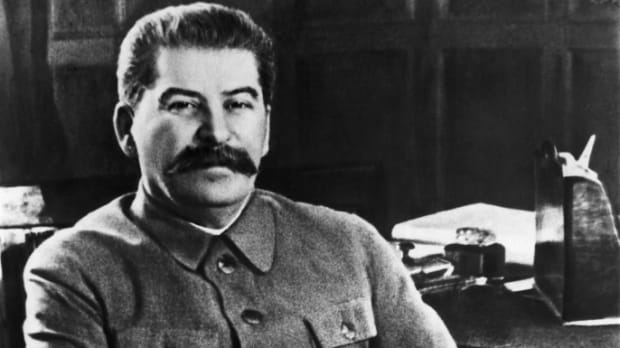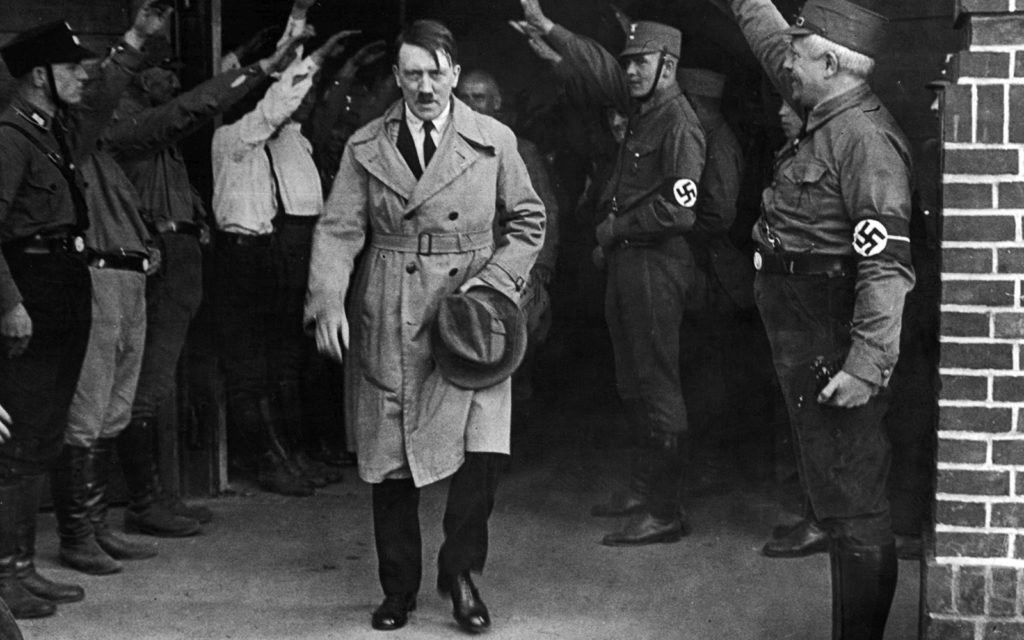Last updated on August 21st, 2025 at 08:45 pm
Though the USA entered World War II later than its Allies, its military faced some of the fiercest battles in the entire war.
Among the hundreds of brave young men who signed up were the five Sullivan brothers from Waterloo, Iowa. Tragically, none of the five made it back alive, but their story serves as a poignant reminder of the ultimate price paid to overcome the threat of the Axis Powers.

Together in Life, Together in Death
George, Francis, Joseph, Madison, and Albert were born to Thomas and Aletta Sullivan in the city of Waterloo between 1914 and 1922. Right from their childhood, the Sullivans had an extraordinary brotherly bond.
The gap between George, the eldest, and Albert, the youngest, was just shy of eight years. Growing up, they spent most of their time together, even starting a motorcycle club in their town during the late 1930s.
In 1937, the two oldest brothers, George and Francis, enlisted in the Navy. After serving four years, they returned to Waterloo to rejoin Joseph, Madison, and Albert.
When the US entered WWII in December 1941, all five brothers chose to sign up for service on one condition. They requested that they be allowed to serve on the same vessel. In a letter to the Navy Department, they wrote that they “would make a team together that can’t be beat” and “We stick together!”
The Sullivans Sail to War
Watching all five of their sons, including the newly-married, 19-year-old Albert, leave for wartime deployment could not have been easy for Thomas and Aletta Sullivan, but there was no stopping the boys. They were driven by the death of one of their closest companions, William Ball from the neighboring town of Fredericksburg, Iowa. William was aboard the USS Arizona during the devastating Japanese attack on Pearl Harbor on December 7, 1941.
All five brothers were enlisted in the US Naval Reserve on January 3, 1942. After a month of preparation at the Naval Training Station in Illinois, the boys received orders to report to duty aboard the USS Juneau, a light cruiser. The Juneau was initially used for operations in the Atlantic before being redeployed to the Pacific Theater.
What the boys did not know was that their request to serve together would lead to an unimaginable loss for their family. One of the most brutal naval battles of WWII was just around the corner, and the Sullivans were going to be in the thick of it.
A Tragedy at the Battle of Guadalcanal
History records that the Allies were victorious in the Guadalcanal campaign. While this is true, the victory came at a great cost. One of the bloodiest periods in the six-month-long campaign was the Naval Battle of Guadalcanal.
Ever since the Allies had established an airfield on Guadalcanal in August 1942, the Japanese had been relentlessly trying to take back control of the island. Under cover of darkness, Japanese warships would bomb Allied positions and drop off light infantry. At 2 AM on November 13, the infamous “Tokyo Express” sent another fleet toward Guadalcanal.
The Allies mobilized their ships to meet the threat, but the outnumbered and outgunned US fleet incurred heavy damages from the Japanese onslaught.
Rear Admiral Daniel Callaghan, the fleet’s commanding officer, was killed in action and his flagship, USS San Francisco, was heavily damaged. The Juneau was also hit by a torpedo, and by sunrise, the light cruiser was floating low in the water, showing clear signs of critical damage.
As both sides withdrew to assess damages, a Japanese submarine locked its sights on the damaged flagship. While the flagship was able to turn away from the path of the torpedoes, one hit the Juneau near its engine room and magazine, causing a devastating explosion.
The Juneau was split in two. Fire, machinery, and human body parts rained from the sky. The ship sank quickly, taking most of its battle-weary crew with it and, along with it, the Sullivan family’s hopes of ever seeing their boys again.
Though it seemed impossible for anyone to survive the cataclysmic explosion, about 100 sailors did. These men were the only survivors of the nearly 700 crew on board. And among them was George, the oldest of the Sullivan brothers.
Sadly, however, George would not make it back home. Due to a series of miscommunications, it was several days before the Navy command could mount a rescue operation.
In that time, the survivors of the Juneau were adrift in the Pacific, vulnerable to the scorching sun and circling sharks. When help finally arrived eight days after the Juneau sank, only 10 crewmen were found alive.
The survivors reported that George was hysterical after learning he was the sole surviving brother. After days of being adrift a delirious George declared he would swim to land and jumped off the life raft. While it is not known whether he drowned or was attacked by sharks, he became the fifth and final Sullivan brother to lose his life during WWII.
The Sullivan Brothers’ Life After Death
Back home in Waterloo, Thomas and Aletta began to worry. It had been a while since they had heard from either of their sons. Their worst fears were confirmed with the arrival of three naval officers bearing grim news. When Thomas asked which of the boys the news concerned, the grave Lieutenant Commander responded, “All five.”
Honoring their sacrifice, the Sullivan brothers were celebrated as national heroes. US President Franklin D Roosevelt personally wrote a letter of condolence to Aletta Sullivan.
Even the Pope sent a silver medal and a rosary to the family as an expression of his sorrow. To prevent a similar tragedy from occurring again, the Navy began to strictly enforce rules to ensure that family members could not all serve on the same vessel.
Despite their grief, the surviving Sullivans put on a brave front to bolster national sentiment. The last surviving Sullivan sibling, the brothers’ sister Genevieve, signed up for the women’s Naval Reserve.
The parents, Thomas and Aletta, made speaking appearances across the country, promoting war bonds in support of the military. Aletta was chosen by the Navy to christen a new destroyer in 1944, which was named USS The Sullivans, in honor of George, Francis, Joseph, Madison, and Albert.
In 1944, a film titled The Fighting Sullivans was released. It tells the story of five brave brothers from Iowa who made the ultimate sacrifice. Their unwavering patriotism and brotherhood make their story one of the most inspiring tales in American military history.

